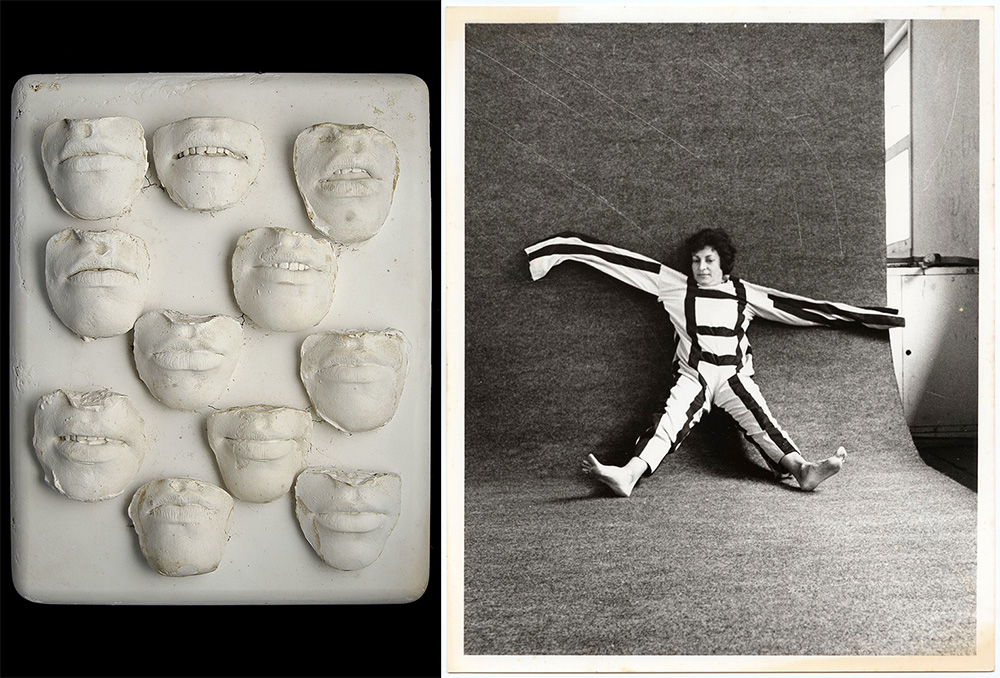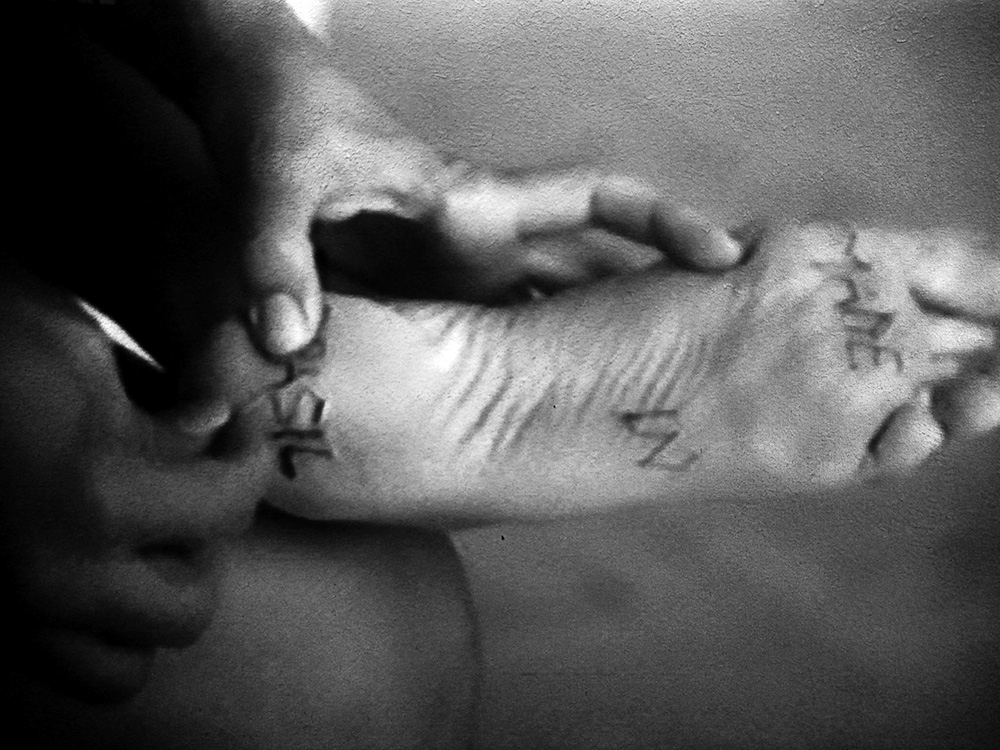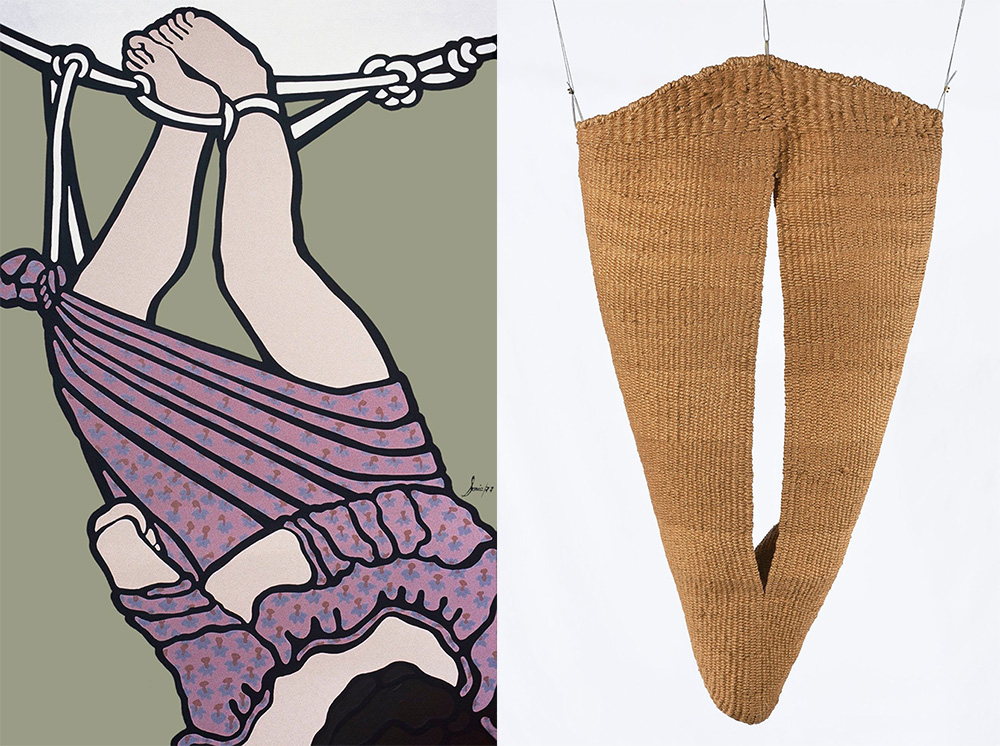ART-PRESENTATION: Radical Women,Latin American Art 1960-1985
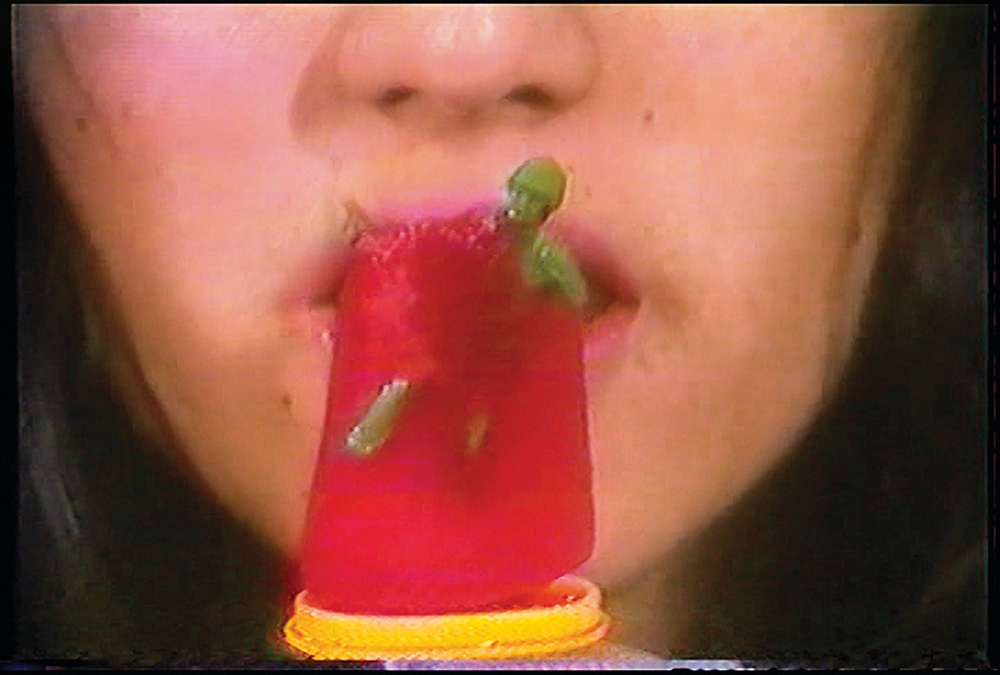 Amidst the tumult and revolution that characterized the latter half of the 20th Century in Latin America and the USA, women artists were staking their claim in nearly every field. The exhibition “Radical Women: Latin American Art, 1960-1985” is the first comprehensive exhibition to explore the contribution to the field of Contemporary Art of women artists in Latin America and those of Latino and Chicano heritage during a tumultuous and transformational period in the history of the Americas and the development of contemporary art during a pivotal time in history.
Amidst the tumult and revolution that characterized the latter half of the 20th Century in Latin America and the USA, women artists were staking their claim in nearly every field. The exhibition “Radical Women: Latin American Art, 1960-1985” is the first comprehensive exhibition to explore the contribution to the field of Contemporary Art of women artists in Latin America and those of Latino and Chicano heritage during a tumultuous and transformational period in the history of the Americas and the development of contemporary art during a pivotal time in history.
By Efi Michalarou
Photo: Brooklyn Museum Archive
In the exhibition “Radical Women: Latin American Art 1960-1985” are on presentation 260 works, including photography, video, and other experimental mediums, as well as paintings, sculpture, and prints, by more than 120 artists working in 15 countries. The exhibition centers on the notion of the political body. These artists embarked on radical and experimental artistic investigations beginning in the early 1960s, forging new paths in Photography, Performance, Video, and Conceptual Art. They generated a line of inquiry focused on the politicization of the female body and sought to break free from the atmosphere of political and social repression that overshadowed women in Latin America between 1960 and 1985. In their work, the representation of the female body became a starting point for questioning the established art canon as well as a means of denouncing social, cultural, and political acts of violence. This new iconography based on the body explored both the personal and political realms of representation for Latin American and Latina artists who also employed the body as both an actual and symbolic medium. The exhibition considers an approach to feminism that is relevant to the artists’ geographic context and their specific political and social backgrounds. In Latin America there is a strong history of feminist militancy that (with the exception of Mexico and some isolated cases in the 1970s and 1980s) is not widely reflected in the arts. In the case of Latina and Chicana artists working in the United States, they were responding to patriarchal politics as oppressive as those faced by their counterparts in Latin America as well as to a second-wave feminism that was often indifferent to the issues faced by women of color. Radical Women proposes that the works of these artists are both aesthetically and politically radical, putting forth feminist agendas while engaging in social and political critique as well as the exploration of female sensibility with both covert and overt links to political feminism. “Radical Women” includes work of renowned Latin American women artists such as Beatriz González, Anna Maria Maiolino, Ana Mendieta, Lygia Pape, Cecilia Vicuña, and Marta Minujín alongside lesser-known names such as the Cuban-born abstract artist Zilia Sánchez, the Colombian sculptor Feliza Bursztyn, the New York-born Puerto Rican photographer Sophie Rivera, and the Argentine mixed-media artist Margarita Paksa. Since the 1990s some of these artists have been widely recognized for their originality and the experimental nature of their work and are considered to be among the most influential artists of the twentieth century. However, several other Latin American women artists remain in virtual anonymity outside of their own countries. For instance, starting in the 1960s, the Puerto Rican–based Zilia Sánchez imbued the formal language of geometric abstraction with a sense of eroticism. Equally important is the pioneering work of video artists such as the Brazilian Leticia Parente, the Argentine Narcisa Hirsch, and the Mexican Pola Weiss, whose works employ the female body as a vehicle for enunciating both the restrictions imposed on women and the freedom of expression coveted by citizens across Latin America in the mid-1970s.
Info: Brooklyn Museum, 200 Eastern Parkway, Brooklyn, Duration: 13/4-22/7/18, Days & Hours: Wed and Fri-Sun 11:00-18, Thu 11:00-22:00, www.brooklynmuseum.org
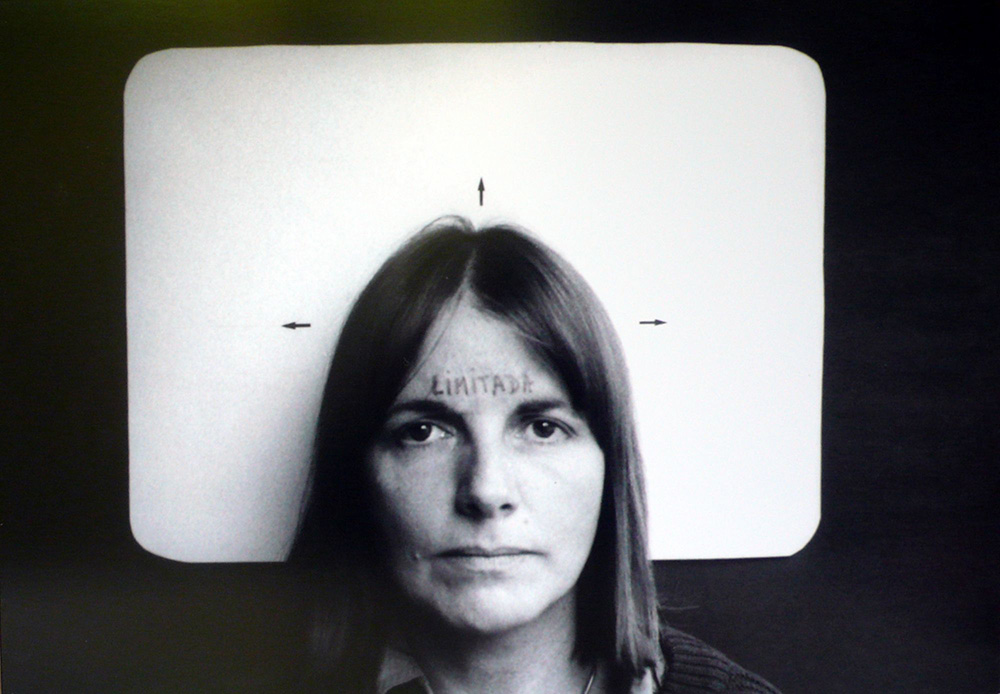


![Left: Liliana Porter, Untitled (Self-portrait with square), 1973, Gelatin silver print made from the original negative, image: 41.3 × 27.9 cm, sheet: 50.8 × 40.6 cm, Courtesy of the artist, © Liliana Porter, Courtesy Brooklyn Museum. Right: Sandra Eleta, Edita (la del plumero), Panamá (Edita [the one with the feather duster], Panama), 1977, from the series La servidumbre (Servitude), 1978–79, B&W photograph, 48.3 × 48.3 cm, Courtesy of Galería Arteconsult S.A.-Panama, © Sandra Eleta, Courtesy Brooklyn Museum](http://www.dreamideamachine.com/web/wp-content/uploads/2018/04/047.jpg)
